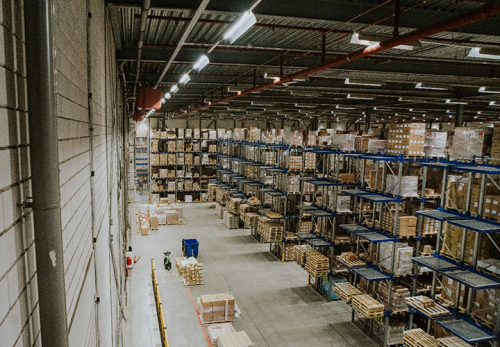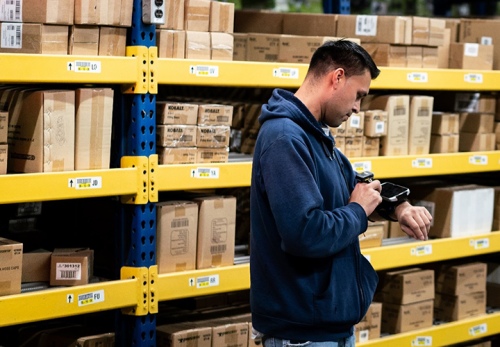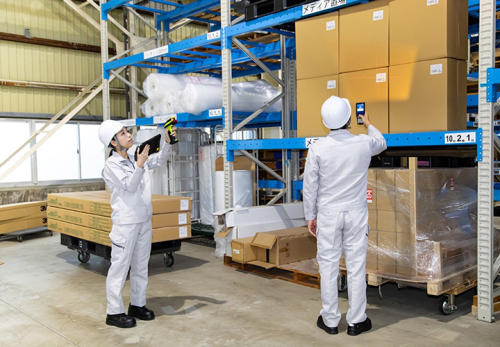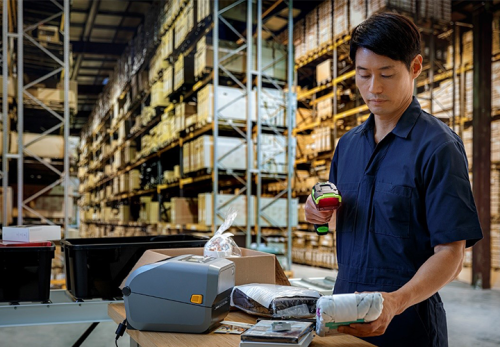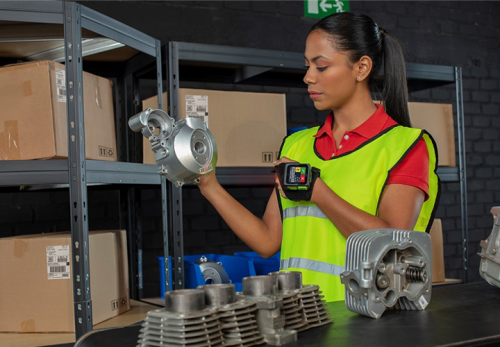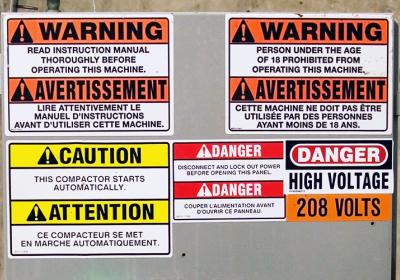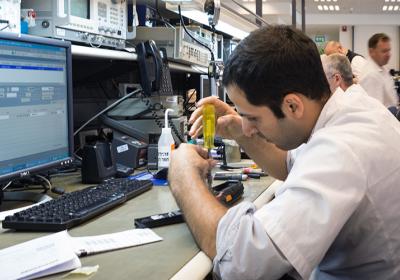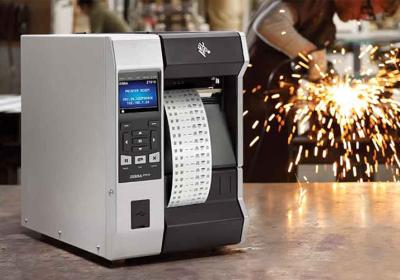Example 1: Moving Modernization Forward
As warehouses actively work to get ahead of customer demand, supply chain disruptions, rising costs, and labor scarcity, they’re putting a big focus on modernization. In fact, according to the recent Warehouse Vision Study from Zebra Technologies, 87% of warehouse decision-makers plan to accelerate their timelines of modernization projects within three years. By updating their processes and the systems and technologies they use in the warehouse, they’re aiming to improve the weakest areas of their operations and boost productivity, efficiency and accuracy. Specifically, 35% to 36% are targeting picking efficiency, order fulfillment time, and packing, staging and loading. Some 32% are targeting order accuracy.
Improvement in these areas includes a big focus on technology and software and a switch to fully digital and more automated workflows.
In fact, 87% of decision-makers say that new technology is needed to be competitive in today’s and tomorrow’s on-demand economy. And 83% or more are planning to implement wearable computers and peripherals, new software, and/or RFID technology as part of their modernization.
Example 2: Taking Steps Toward Automation
Thousands of warehouses are implementing or planning to implement automation to streamline and error-proof processes and reduce the amount of time and labor required to complete warehousing tasks. But it’s still all about people.
Example 3: Attracting Employees and Keeping Them Satisfied
Competition for warehouse workers is at an all-time high, and wages are climbing at historic rates. To complicate matters, customer demands and expectations are dramatically increasing, so warehouses can’t get by with fewer workers. This means it’s crucial to attract and retain workers, and preferably at a lower cost. One key to this is making warehouse jobs more attractive and satisfying for workers. That helps with recruiting and retention, which helps keep wages more manageable by keeping turnover low and minimizing the need to hire new workers at increasingly higher wages. Making warehouse work more attractive and satisfying generally means making jobs easier, more efficient, and less physically demanding. And that’s easily achieved with digital technologies and software to help streamline and automate workflows as well as reduce the amount of physical toil and manual process steps they need to do their jobs.
In fact, many of today’s workers want better technologies to help them do their jobs, and many are choosing employers based on who offers the latest and best solutions. Among warehouse associates recently surveyed, 92% agree that technology advancement makes the warehouse environment more attractive to workers. And 82% say their employers’ difficulty in hiring and retaining labor has already prompted improvements, with 57% saying that technology has been used to make work easier.
Some 83% of associates expect their hardware devices and business software to be as easy to use as their personal smartphones. Thus, it’s important to keep in mind the type of technology and software you’re using to meet worker expectations and help make their jobs easier and more attractive.

